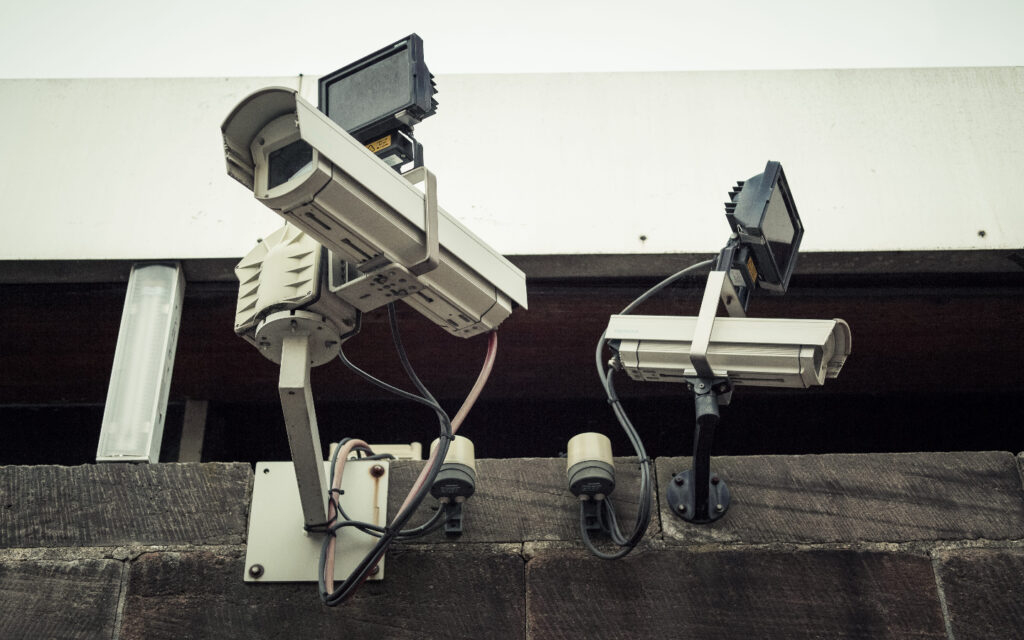Surveillance technology has evolved dramatically in recent years, enabling surveillance to become more sophisticated and complex. With drones, facial recognition software, and other advanced tools, surveillance has become more challenging for the subjects to detect, making it a formidable force. However, these advancements have raised concerns about privacy violations, disproportionate levels of surveillance and harassment, and the potential for suppression of free speech in authoritarian regimes. To strike a balance between privacy and security, it is crucial for both those who use surveillance and those who are being monitored to understand the capabilities and limitations of surveillance systems.
One of the most notable advancements in surveillance technology is the use of drones. Drones are unmanned aerial vehicles equipped with cameras and sensors, making it possible to capture images and data from above. Drones have been used in a variety of settings, including law enforcement, military operations, and commercial applications. For example, in law enforcement, drones have been used to monitor traffic, search for missing persons, and survey crime scenes. They have also been used in commercial applications, such as monitoring agricultural fields, inspecting power lines, and delivering packages.
However, the use of drones has raised concerns about privacy violations. Drones can easily capture images of people in public spaces, raising concerns about the collection of personal information. Privacy advocates argue that drone surveillance can be used for unlawful purposes, such as tracking individuals without their knowledge or consent. To address these concerns, some countries have implemented regulations on drone use, limiting the height and range of drone flights and requiring registration of drones.
Another significant development in surveillance technology is facial recognition software. Facial recognition software uses algorithms to analyze images and identify individuals based on their facial features. This technology has been used in law enforcement to help identify suspects in criminal investigations. However, facial recognition software has been criticized for its potential to violate privacy rights, particularly as it has been used by law enforcement to monitor protests and other public events.
Facial recognition software has been used to target marginalized communities, resulting in disproportionate levels of surveillance and harassment. A study by Georgetown Law School found that African American individuals were more likely to be subject to facial recognition software than white individuals, and the algorithms used by law enforcement were less accurate in identifying African American individuals. There are also concerns about the potential for facial recognition software to be used to suppress dissent and stifle free speech, particularly in authoritarian regimes.
To address these concerns, there have been calls for increased transparency and accountability in surveillance operations. In some cases, this has led to the implementation of regulations and oversight mechanisms to ensure that surveillance is carried out in a lawful and ethical manner. However, there is still much work to be done to strike a balance between the need for security and the protection of individual privacy rights.
For executive protection professionals, surveillance technology offers both opportunities and challenges. On the one hand, modern surveillance systems can provide real-time intelligence to help protect executives from potential threats. On the other hand, these same systems can also be used to track and monitor executives and their families, increasing the risk of kidnapping or other forms of violence. Therefore, it is important for executive protection professionals to carefully consider the risks and benefits of surveillance technology when designing their security plans.
Surveillance has become a ubiquitous feature of contemporary society, utilized by governments, law enforcement agencies, and private companies for various purposes. However, it is essential to strike a balance between privacy and security while utilizing surveillance technology. As technology advances, it is crucial to implement robust policies and regulations that ensure responsible and appropriate use of surveillance while protecting the rights of individuals.
To achieve this balance, it is important to educate the public about the capabilities and limitations of surveillance technology and encourage responsible use and transparency. Collaboration between government, law enforcement, private industry, and civil society is crucial to establish clear guidelines and best practices for the use of surveillance technology. Such guidelines can ensure that surveillance serves its intended purpose of promoting safety and security while upholding the principles of privacy, transparency, and accountability.
The challenge of surveillance is to utilize technology to enhance security without compromising individual rights and freedoms. As the landscape of surveillance continues to evolve, it is vital to remain vigilant and proactive in protecting the rights and freedoms of all individuals.






